The Military Diet, or military-style dieting, has recently emerged as a top weight-loss trend, with many women swearing by its ability to shed 5kg in just one week. But what is the Military Diet, and does it really work? Let’s find out!
1 What is the Military Diet?
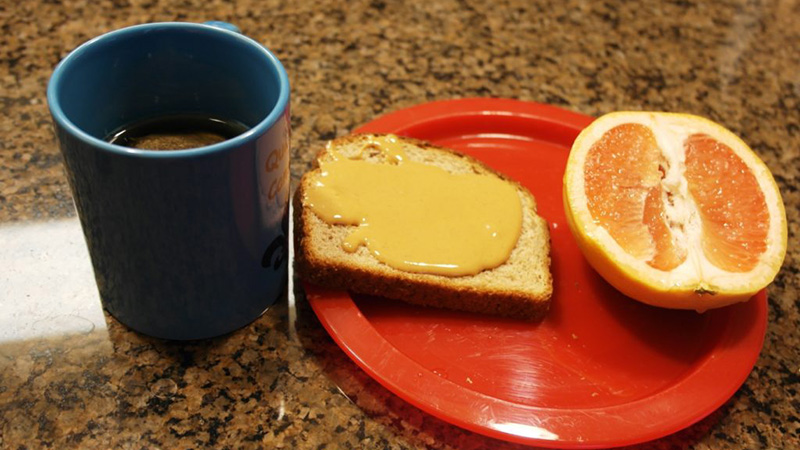 The Military Diet is a strict, low-calorie diet plan
The Military Diet is a strict, low-calorie diet plan
The Military Diet is a 7-day weight loss program. For the first 3 days, dieters must follow a very low-calorie meal plan. The following 4 days allow for normal eating habits. This cycle of “3 days on, 4 days off” is repeated until the desired weight is achieved.
Proponents of the Military Diet claim that it was created by nutrition experts in the US military to get soldiers into top shape quickly, with weight loss of up to 5kg per week.
 The Military Diet is said to help shed 5kg in a week
The Military Diet is said to help shed 5kg in a week
However, this diet has no actual connection to the US military or any other military organization. The extremely low-calorie intake required by the Military Diet would likely fail to meet the energy demands of active-duty soldiers.
The term “Military” is simply a figurative description of the diet’s strict nature. Some also believe that associating the diet with the military lends it an air of authority and credibility.
The Military Diet is also known by other names, including the Navy Diet, Ice Cream Diet, etc.
2 Is the Military Diet Safe?
 The Military Diet is repeated until the desired weight is achieved
The Military Diet is repeated until the desired weight is achieved
What sets the Military Diet apart is its short duration (just 7 days, with only 3 days of strict dieting). Because of its brief nature, the Military Diet is generally safe for most healthy individuals.
According to a review article in the American Journal of Clinical Nutrition, very-low-calorie diets like the Military Diet can be effective for short-term weight loss.
However, the Military Diet is repeated multiple times until the desired weight is achieved, which can sometimes mean sticking to the plan for several months. Restricting your calorie intake over an extended period can lead to fatigue, weakness, and severe malnutrition.
 Long-term dieting can make you tired due to malnutrition
Long-term dieting can make you tired due to malnutrition
Additionally, the Military Diet often includes foods like hot dogs, ice cream, and saltine crackers, which, when consumed frequently, can cause digestive and metabolic issues.
The Military Diet is popular among women due to its simplicity and short-term nature. However, it is unlikely to promote long-term weight loss as it does not address daily eating habits. It may also lead to malnutrition and weight gain once normal eating resumes.
3 How to Follow the Military Diet
Eating Rules
The Military Diet (7 days) is divided into two phases:
Strict Dieting for the First 3 Days
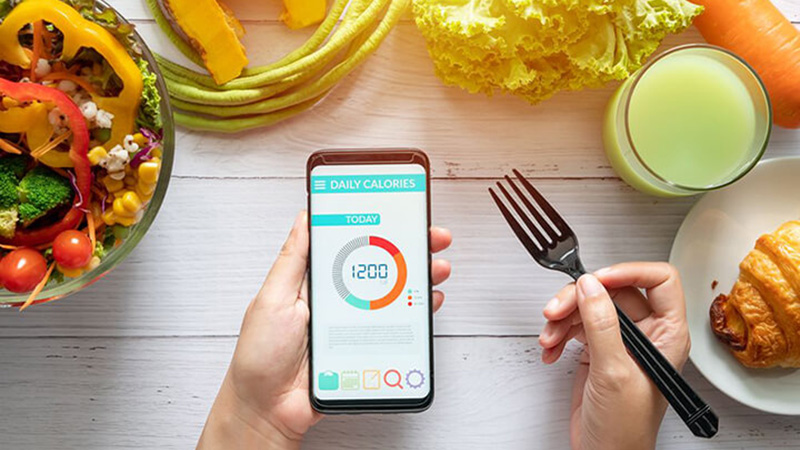 Calorie intake should be around 1,100 to 1,400 calories per day
Calorie intake should be around 1,100 to 1,400 calories per day
- Eat only 3 meals a day: breakfast, lunch, and dinner. No snacks between meals.
- Daily calorie intake should be between 1,100 and 1,400 calories.
- Drink plenty of water and unsweetened tea or coffee.
Healthy Eating for the Remaining 4 Days
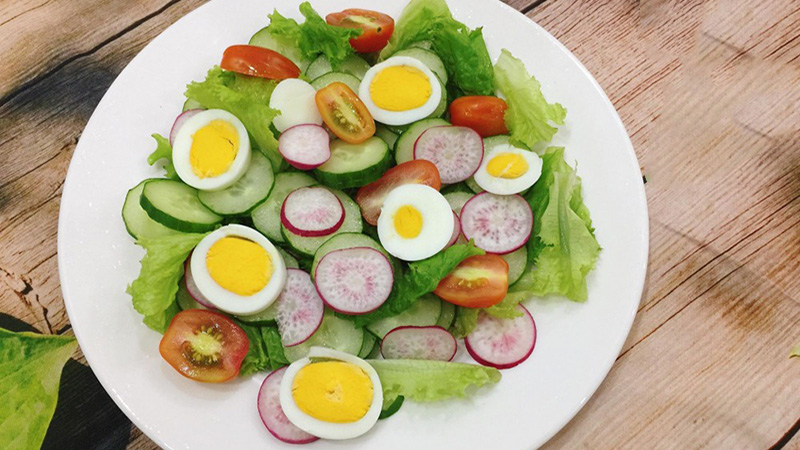 Maintain a healthy diet on the remaining days
Maintain a healthy diet on the remaining days
- Follow a healthy eating plan for the next 4 days (ideally keeping calories under 1500).
- Repeat the cycle until you reach your goal weight.
- Exercise or running can be incorporated to boost results.
Allowed Foods on the Military Diet
Some of the allowed foods on the Military Diet include: meat, eggs, vegetables, toast, crackers, coffee, and tea. Proponents of the diet also recommend drinking hot lemon water and avoiding artificially sweetened drinks.
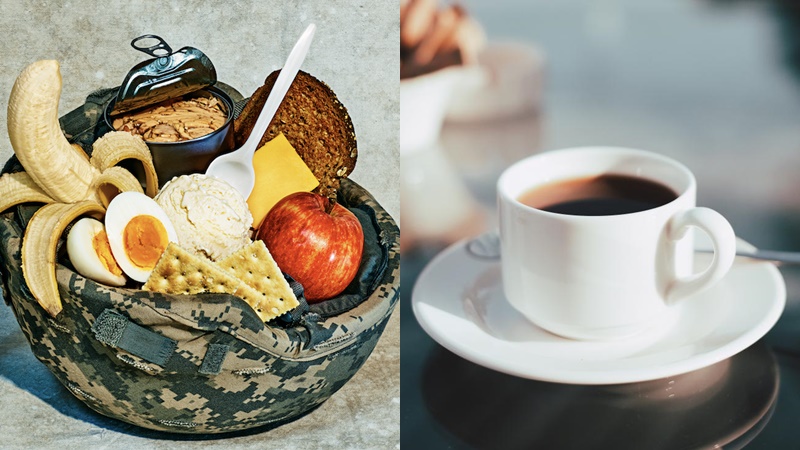 Some foods used in the Military Diet
Some foods used in the Military Diet
The food choices in this diet are not set in stone. You can substitute foods with similar calorie counts. For example, you can replace meat with nuts or seeds if you’re vegetarian, or swap peanut butter for almond butter if you have an allergy.
As long as you maintain the overall calorie count prescribed by the diet, feel free to make adjustments to suit your preferences and dietary needs.
4 Sample Military Diet Menu
For the First 3 Days
Day 1 (approx. 1,400 calories)
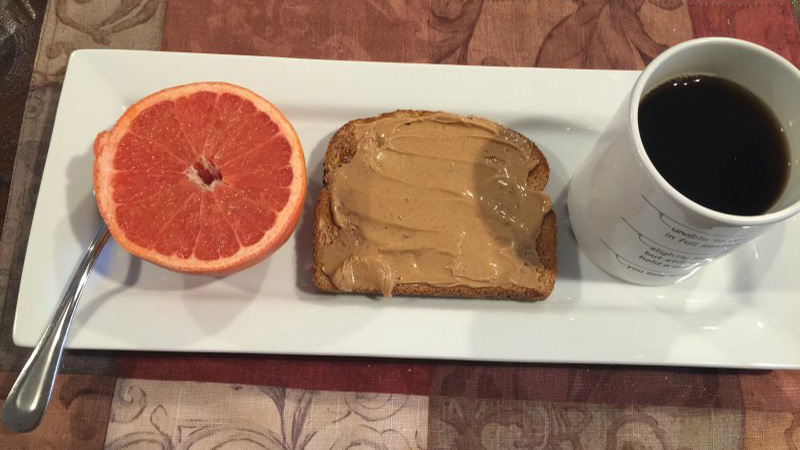 Breakfast on the first day
Breakfast on the first day
- Breakfast: 1 slice of toast, 2 teaspoons of peanut butter, ½ grapefruit, 1 cup of coffee or tea.
- Lunch: 1 slice of toast, ½ cup of tuna, 1 cup of coffee or tea.
- Dinner: 85g < meat, 1 cup of green beans, 1 small apple, ½ banana, 1 cup of vanilla ice cream.
Day 2 (approx. 1,200 calories)
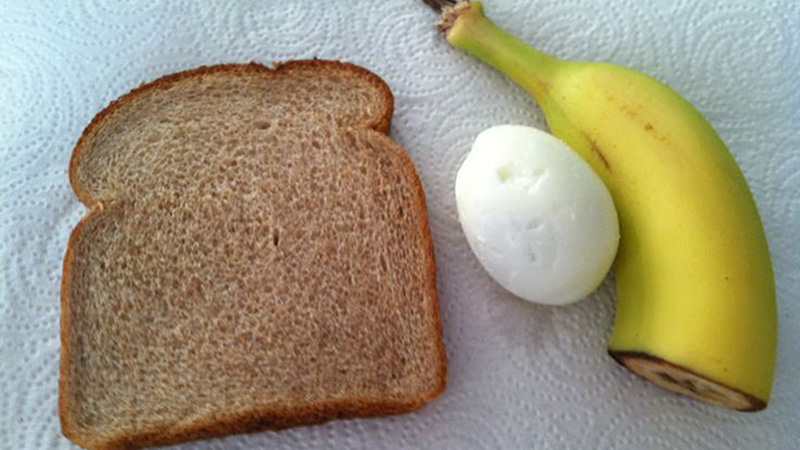
- Breakfast: 1 slice of toast, 1 egg, ½ banana, 1 cup of coffee or tea.
- Lunch: 1 hard-boiled egg, 1 cup of cottage cheese, 5 saltine crackers, 1 cup of coffee or tea.
- Dinner: 2 hot dogs (no bun), ½ cup of carrots, ½ cup of broccoli, ½ banana, ½ cup of vanilla ice cream.
Day 3 (approx. 1,100 calories)
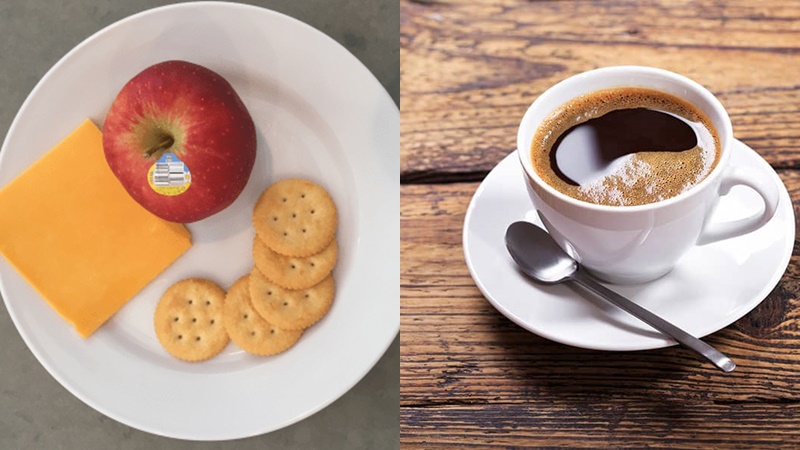 Breakfast on Day 3
Breakfast on Day 3
- Breakfast: 1 slice of cheddar cheese, 5 saltine crackers, 1 small apple, 1 cup of coffee or tea.
- Lunch: 1 slice of toast, 1 egg (prepared any way you like), 1 cup of coffee or tea.
- Dinner: ½ cup of tuna, ½ banana, 1 cup of vanilla ice cream.
During the strict dieting phase, you can drink as much unsweetened coffee and tea as you like. Be sure to stay hydrated with plenty of water to curb hunger pangs.
For the Remaining 4 Days
While the remaining 4 days are considered “cheat days,” it’s important to maintain a sense of moderation. You can enjoy snacks and a wider variety of foods but aim to keep your calorie intake below 1500.
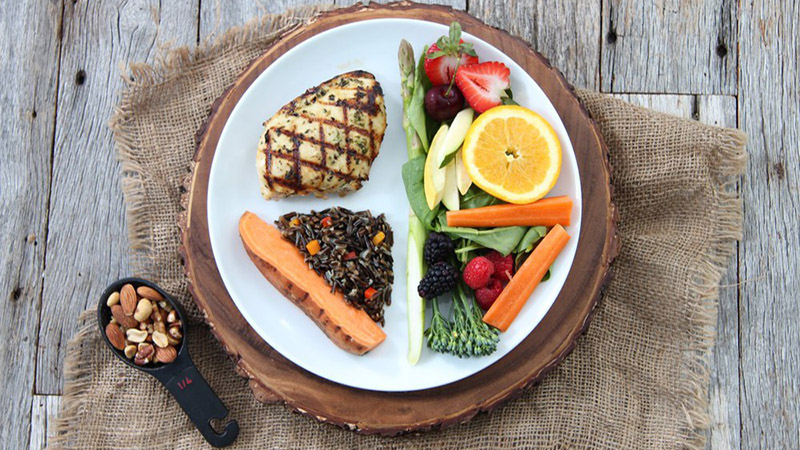 Maintain a healthy diet on the last 4 days to maximize weight loss
Maintain a healthy diet on the last 4 days to maximize weight loss
Sticking to a healthy diet and moderate calorie intake during these days will enhance your weight loss results. To ensure you’re on track, consider using websites or apps to calculate your calorie intake.
That concludes our guide to the Military Diet. We hope you found it helpful! Stay tuned for more health and wellness tips in our upcoming articles. Thank you for reading!
Source: bazaarvietnam.com



































